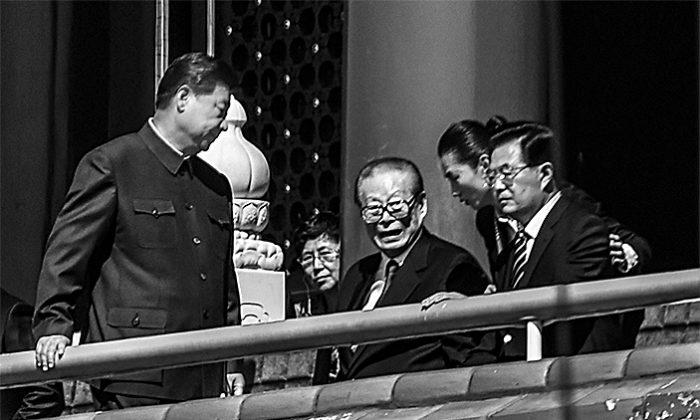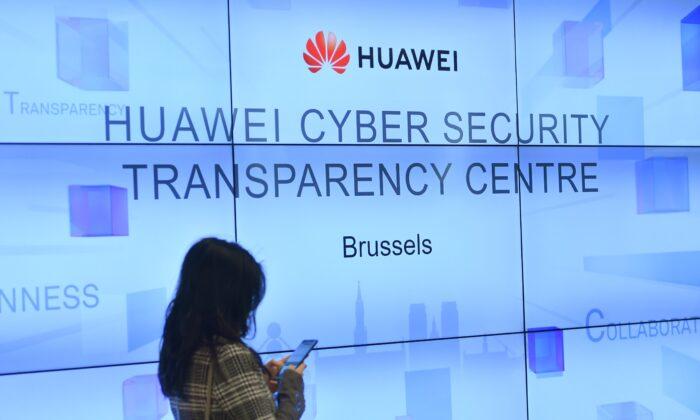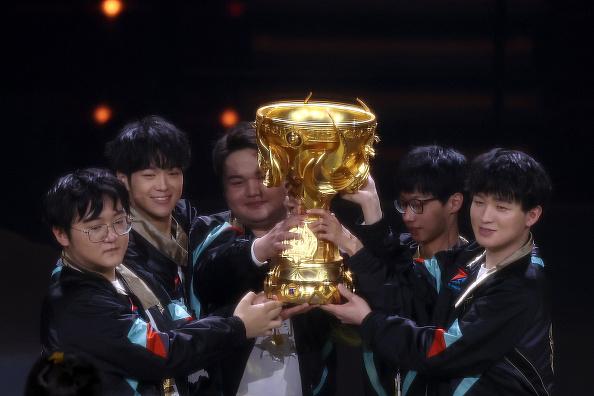Commentary
According to Chinese media reports, on Sept. 19, Chinese Vice Premier Liu He took an inspection tour of Mianyang city, Sichuan Province, one of China’s major centers for manufacturing electronics.
Liu’s trip came shortly after U.S.
export restrictions that limiting Huawei’s access to global chipmakers went into effect on Sept. 15.
Beijing Opto-Electronics (BOE) Technology Group, a producer of electronic components with a manufacturing base in Mianyang, was especially highlighted during the tour. BOE is known as a maker of OLED (organic light-emitting diode) displays, commonly used in smartphone and television screens.
Huawei is a major customer of BOE; its sixth-generation flexible Active Matrix OLED (AMOLED, a type of OLED) production line is known as the largest-single industrial project in Mianyang.
The company’s financial report
showed that in 2019, BOE purchased more than 6 billion yuan ($885 million) in screen driver integrated circuit (IC) chips, of which domestic chips accounted for less than 5 percent. That is, BOE relies heavily on imports for advanced materials to manufacture its displays.
For example, display-specific driver chips are key components. BOE’s current chip suppliers are mainly from South Korea and Taiwan. BOE’s AMOLED driver chips are
from South Korea. The three major South Korean companies—Samsung, MagnaChip, and Silicon Works—occupy about 95 percent of the global AMOLED driver chip market. Both South Korean and Taiwanese chipmakers also use U.S.-origin technology.
In addition, the vacuum vapor deposition machine necessary for OLED manufacturing is primarily produced by the Japan-based Canon. Meanwhile, photoresist is a key upstream raw material for panel manufacturing, and related technologies are mastered by the United States and Japan.
According to a report by Chinese media AI Finance & Economics, a market analyst said: “Without the core raw materials of others, we [China] definitely can’t make it. We would have just completed a superficial production, but in fact, it is still an assembly factory for the high tech.” That is, though China has the world’s largest panel production capacity, the core equipment and raw materials rely on the United States, Japan, and South Korea.
BOE is also heavily supported by Chinese government subsidies. In its latest
earnings report for the first half of 2020, it earned revenues of 60 billion yuan, representing double-digit growth, but net profit was only 1.1 billion yuan, down nearly 32 percent year-on-year. It received government subsidies of up to 1.52 billion yuan.
Looking at its 2019 financial report, it received 2.64 billion yuan in government subsidies.
Without the government subsidies, it is difficult to imagine that BOE would survive. Instead, Chinese manufacturers not only continued to operate, but also managed to grab global market share.
In a 2013 Harvard Business Review article, “
How Chinese Subsidies Changed the World,” the authors stated: “Since 2001, when China joined the World Trade Organization, subsidies have annually financed over 20% of the expansion of the country’s manufacturing capacity. The state has willingly paid the price of economic inefficiency to accomplish political, social, economic, and diplomatic goals. Huge Chinese subsidies have led to massive excess global capacity, increased exports, and depressed worldwide prices, and have hollowed out other countries’ industrial bases.”
The World Trade Organization (WTO) expressly
prohibits subsidies that are directly linked to exports or that require the use of domestic goods.
In the U.S.–China trade negotiations, one of the United States’
key concerns is the issue of Chinese subsidies.
In reacting to U.S. sanctions, the Chinese Communist Party and state media often accuse the United States of “bullying.” But the Chinese regime would never let the Chinese people know this simple fact: Government subsidies have created unfair competition in the international market and created many “global misfortunes.” As a member of the WTO, Beijing has exploited international rules.
Chen Simin is a freelance writer who often analyzes China’s current affairs. She has contributed to The Epoch Times since 2011.
Views expressed in this article are opinions of the author and do not necessarily reflect the views of The Epoch Times.





